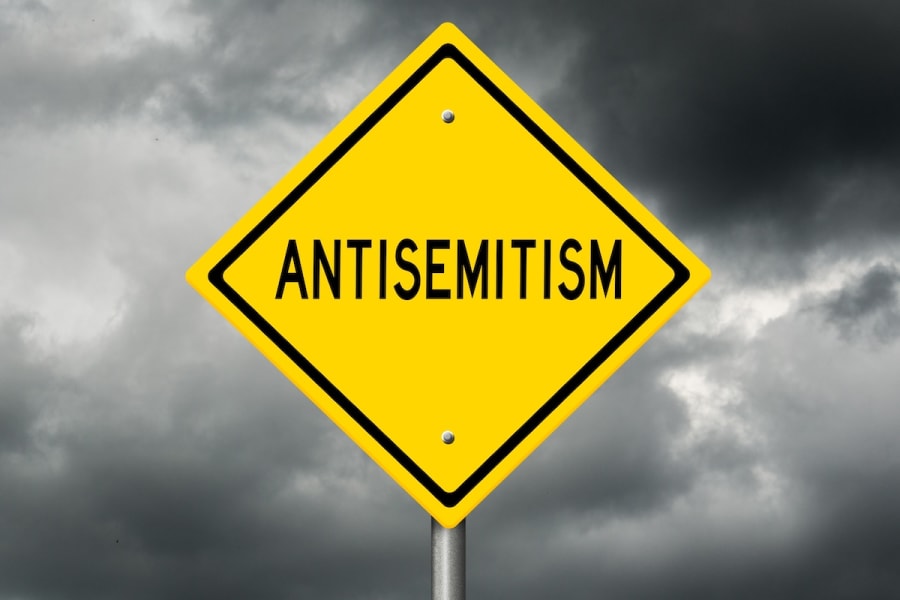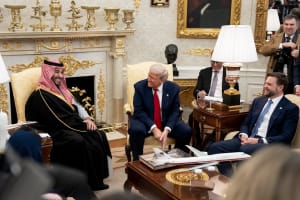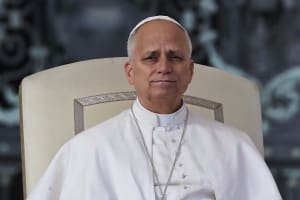Antisemitism in virtue’s clothing

Public hostility towards Jews tends to incubate where identities are manufactured and fears are managed. The scenery shifts from street to campus to studio, yet the machinery remains familiar. One pole speaks of purity and loss, the other of salvation and grievance. Both rely on in-group preference, scapegoat dynamics, and a craving for stories that feel miraculously neat in a world that is anything but.
Identity usually hardens first. On the far right, “us” rests on ancestry and soil. The Jew appears as the hyper-competent outsider whose achievement registers not as labour but as theft. On the far left, “us” is drawn on a moral atlas of oppressed and oppressor. The Jew is converted into shorthand for structure and power, detachable from biography or circumstance. A few images are treated as a law of nature; the particular is punished for daring to be particular.
Status incentives then keep the emblem bright. Movements run on reputational fuel. Honour accrues to those who sound hard on borders on the right and unsparing about justice on the left. Caution is read as weakness, fever as proof of virtue. Platforms turn these contests into performance. Applause icons stand in for argument, and belonging arrives as visible approval from one’s own choir.
Language carries the signal through institutions. On the right, talk of contamination and decay poses as a diagnosis. On the left, the jargon of systems and complicity poses as an analysis. In both idioms, the person yields to the symbol. Once the symbol is in place, the suffering of a small group can be recast as regrettable but necessary. A pose of disinterest walks beside an unmistakable fixation.
Institutional incentives turn posture into habit. Universities, cultural bodies, NGOs, and media ecosystems curate prestige for public virtue. They convert selective universalism into policy talk and reward stark morality tales over mixed realities. Protest ritual supplies choreography, platforms supply reach, and political offices count donors and votes, while the cost of policing the fringes looks high. Statements are drafted, processes opened, conclusions deferred. Ordinary caution, multiplied across offices, becomes a quiet permission structure.
Acceptance of dehumanising ideas follows familiar psychological paths. Coalitional instincts search for a clean other. Uncertainty presses for simple causes. Minds over-detect agency and assign intention to a visible minority. Status signalling turns hostility into a badge of belonging, with public anger functioning as reputational armour. Under stress, displacement moves vague anxieties onto a nameable group. Infrahumanisation and mechanistic viewing reduce a neighbour to role or threat, stripping away the cues that normally trigger empathy. Memory patterns shaped by Christian anti-Judaism and repackaged in secular language provide templates that feel safe to reuse. Platforms amplify mimicry, crowds thin inhibition, and a hunger for a just world quietly rebrands cruelty as fairness.
Crowd dynamics act as an accelerant. Marches, encampments, and teach-ins standardise mood and narrow the range of admissible doubt. Chants compress thought into rhythm, adrenaline sharpens certainty, and leaders curate images that confirm virtue. Followers borrow purpose from the group, and the need to belong does the rest.
The private sphere records the cost. Parents assess schools for staff who act rather than perform concern. Students scan syllabuses for courses that treat them as citizens rather than exhibits. Congregations raise security while trying not to surrender to siege thinking. Workplaces import activist lexicons that turn disagreement into contagion. Voting behaviour gains an extra layer: taxes and hospitals still matter, but trust drifts towards candidates for whom equal rules are reflex rather than rare achievement.
The political bargains offered by the extremes share a family likeness. The right offers conditional acceptance for “model” minorities, provided the lessons of Jewish history are left at the threshold. The left offers inclusion in a grand cause, provided ordinary forms of Jewish peoplehood are renounced and Jewish self-defence is treated as uniquely suspicious. From afar, these offers can look generous. Up close, the terms feel punitive. Identity is trimmed to fit the age, and the Jew is urged to amputate whatever refuses to conform to the latest theory of virtue.

Ab Boskany is Australian poet and writer from a Kurdish Jewish background born in Kurdistan (northern Iraq). His work explores exile, memory, and identity, weaving Jewish and Kurdish histories into fiction, poetry, and essays.
You might also like to read this:
















